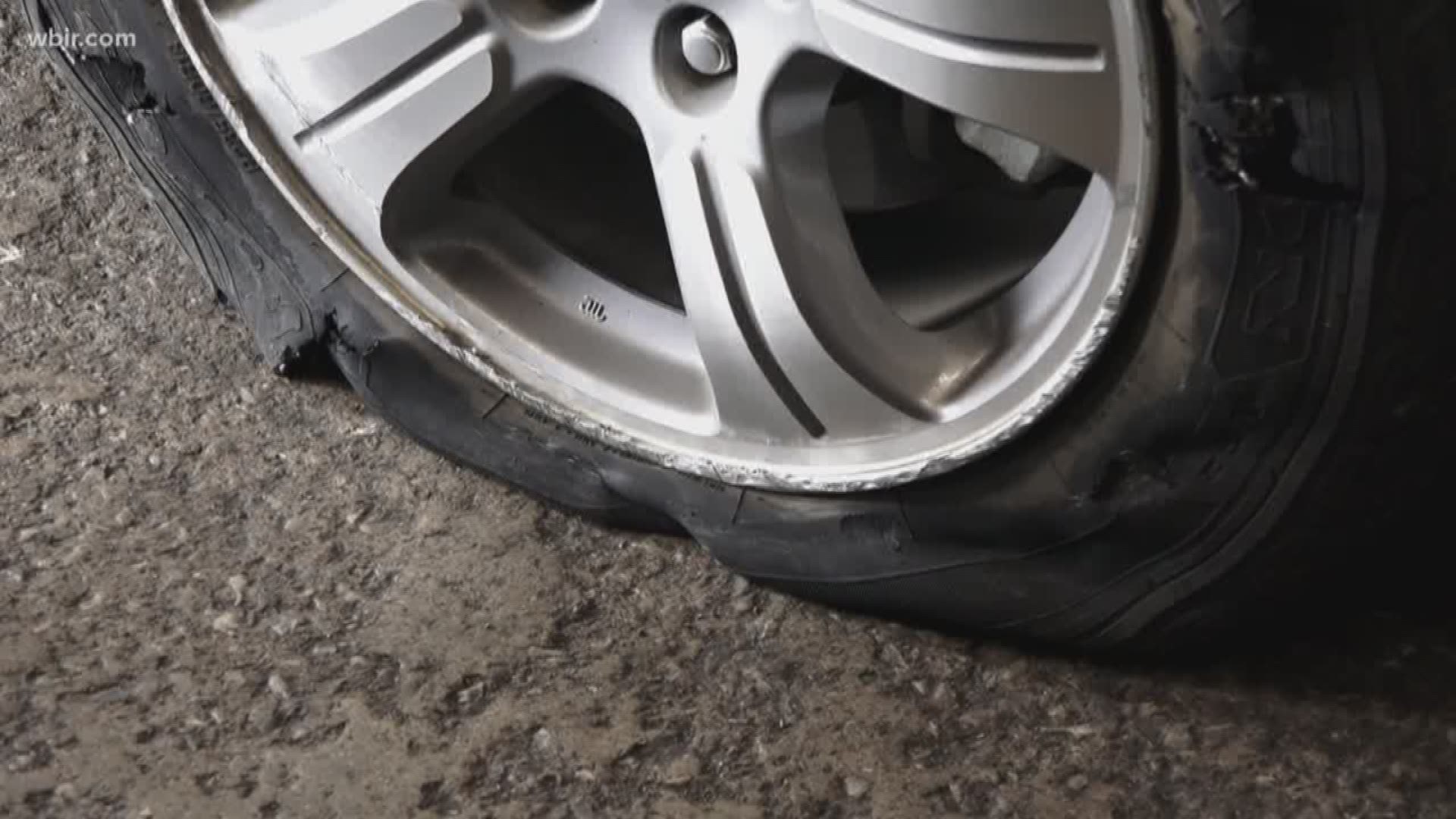KNOXVILLE — When the roads get wet, the risk for accidents goes up.
According to a report by AAA, over one million crashes happen each year on wet roads. Those crashes lead to over half a million injuries and nearly six thousand deaths.
“Within the first five, ten minutes, after it freshly rains, it particularly brings the oil up to the upper surface of the road so therefore it makes for an extra slick condition really," said Colin Chamberlain with Fisher Tire Co. “After that, you have to worry about standing water, that’s when hydroplaning comes into play.”
Chamberlain says his shop sees people nearly every day who come in with tire tread dangerously low.
He says a good indicator is the wear bar, a piece of rubber in between the tread which should not get even with the tread.
“If they start getting down to the wear bar, that’s when it’s time to come in and have the tires changed out," he said.
State Farm recommends slowing down and not using cruise control while driving in the rain. Chamberlain agrees with that advice.
“Whatever you would give normally a car in front of you, try to double that distance. Don’t try to do any fast turning or heavy breaking," he said. “The rain makes things slick, just be precautious.”

